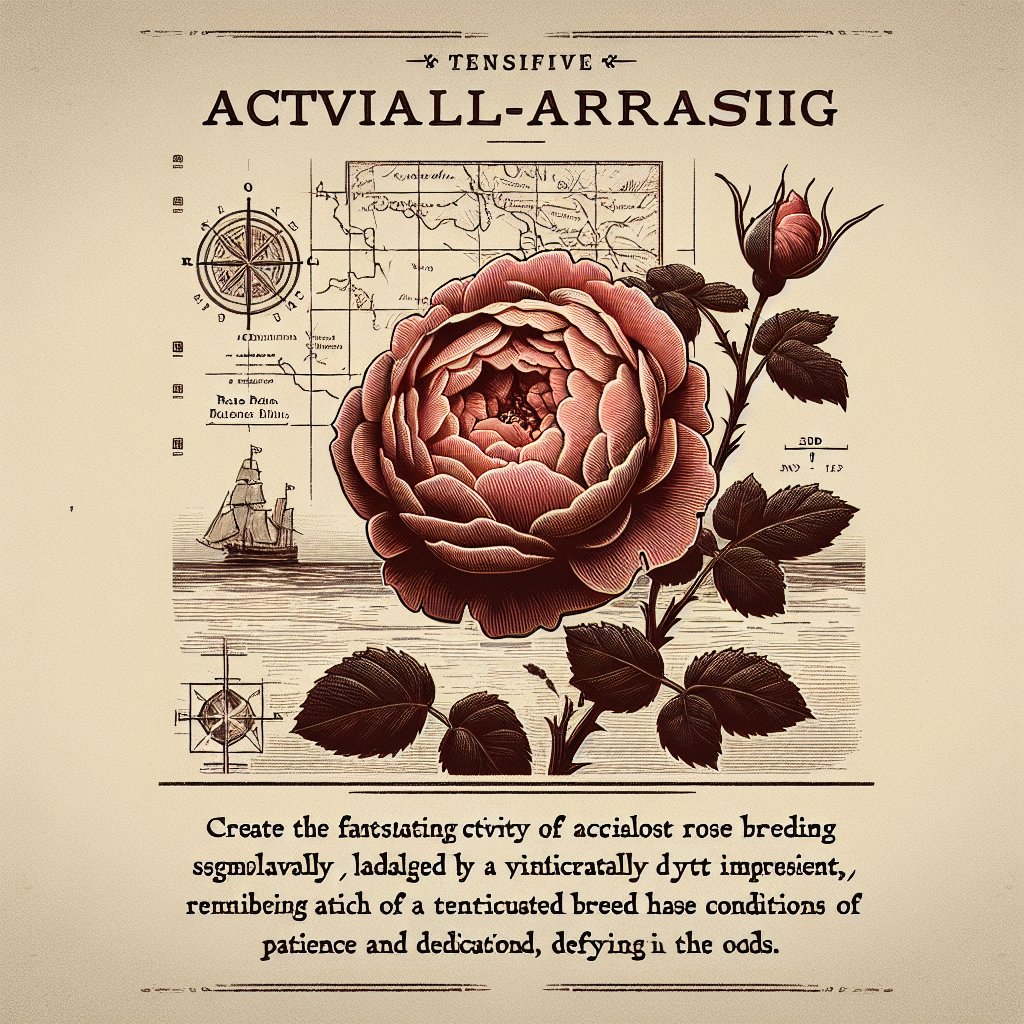The Blossoming Genius of Walter Van Fleet
Imagine a world where roses were just a monotonous lab growth, lacking the vibrant diversity we cherish today. Thankfully, the botanical universe had Walter Van Fleet, a remarkable horticulturist, whose tireless efforts in the late 19th and early 20th centuries, transformed our gardens into colorful wonders. Born in 1857 in Pennsylvania, USA, Van Fleet was a visionary whose work in hybridization brought forth some of the most celebrated roses and plants that continue to grace global landscapes.
Walter Van Fleet: The Man Behind the Petals
Walter Van Fleet wasn't just any gardener; he was a self-taught expert with a profound passion for nature and its endless possibilities. What's truly fascinating about Van Fleet is that he initially trained as a medical doctor. However, his unwavering love for plants urged him to change paths and embark on a journey in plant breeding. He stationed himself in various regions, but his most impactful work took root at the U.S. Department of Agriculture (USDA) grounds.
The Quest for Diversity Through Hybridization
Van Fleet saw potential where others saw simplicity. He was a pioneer in the science of hybridization, which involves cross-pollinating plants to propagate new kinds or improve existing species. Why was this important? At a time when the agricultural sector was growing more scientifically oriented, Van Fleet's work was crucial in increasing crop yields and resilience. This was especially significant in the USA, where agricultural outputs were crucial for both sustenance and economic growth.
The Quest for the Perfect Rose
Among his myriad contributions, Walter Van Fleet is best remembered for his work with roses. His iconic ‘American Pillar’ rose, introduced in 1902, was an outcome of his relentless pursuit of a robust and beautiful climbing rose. The ‘American Pillar’ mesmerized gardeners and horticulturists worldwide with its glowing, single-petaled blossoms that could withstand the harsh American climate. His creations, such as 'Dr. W. Van Fleet,' 'Sarah Van Fleet,' and 'Mary Wallace,' were lauded for their resilience and beauty, offering a vivid palette of colors and fragrances that added variety to gardens worldwide.
Beyond Roses: Other Contributions
Walter Van Fleet's brilliance wasn’t confined to just roses. He had a significant impact on the hybridization of other plant species. For instance, his work with Asiatic lilies, catalpas, and chestnut trees was equally groundbreaking. These varieties were bred to improve their resilience, adaptability, and beauty, making them suitable for plantations across diverse geographical regions. His expertise helped address issues such as disease resistance and climate adaptability, thus safeguarding biodiversity.
The Legacy of Innovation
Why is Walter Van Fleet's work still relevant today? Beyond his tangible contributions, his legacy lies in fostering a spirit of innovation and curiosity. Van Fleet was proof that passion, when married with perseverance, could yield lasting change. As the world confronts new agricultural challenges like climate changes, Van Fleet’s methods continue to inspire modern breeders to strive for sustainable solutions.
A Look at Van Fleet’s Influence on Modern Horticulture
His pioneering techniques transformed the way scientists approached plant hybridization. Further supporting conservation efforts, his creations made it possible to sustain and nurture native plant species. His legacy also opened doors for increased genetic diversity, a cornerstone in current breeding innovations. Today’s horticulturists build upon Van Fleet’s methodologies, applying them not only in aesthetic breeding but also in creating resilient food crops.
Cultivating a Vision for the Future
Certainly, Walter Van Fleet’s story is one of triumph and transformation. As we stroll through parks or admire our backyard blossoms, it's crucial to remember the enduring influence of his work. By embracing scientific curiosity, Van Fleet’s life encourages us to appreciate the unseen hands and minds that nurture the natural beauty we often take for granted.
Spreading Seeds of Inspiration
In a world eager for advancements, Walter Van Fleet stands as a beacon for the power of individual impact. His work serves as a reminder that innovation often begins in the quiet corners of curiosity. The discoveries of yesterday lay the groundwork for tomorrow’s breakthroughs, showing us all that even the simplest of seeds can grow into something extraordinary.

